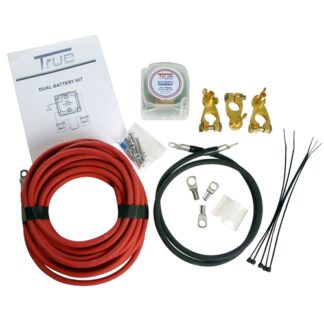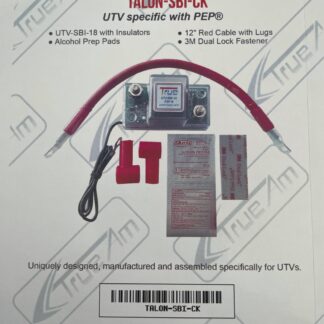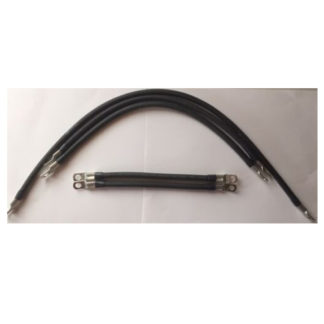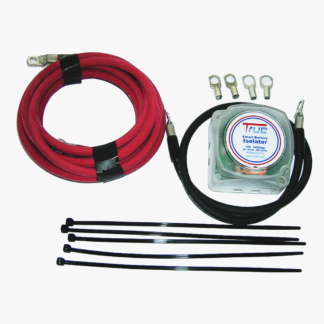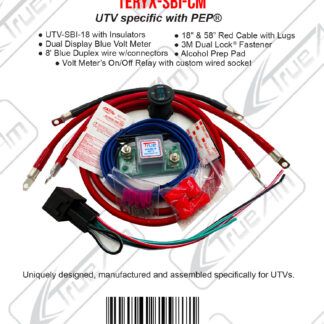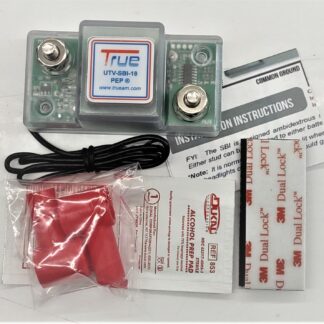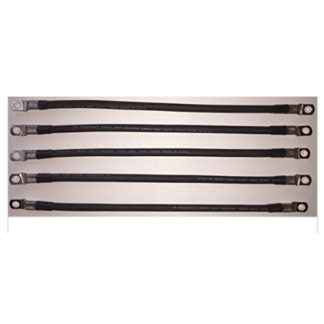Best Practices for Dual Battery Setup
- Proper Wiring: Use heavy-gauge cables and appropriate connectors to ensure efficient power transfer and minimize voltage drop.
- Dual Battery Isolator: Consider using a True dual battery isolator to prevent one battery from draining the other, ensuring you always have a backup power source.
- Regular Maintenance: Check fluid levels (for lead-acid batteries), clean terminals, and monitor the health of both batteries regularly.
- Monitor Usage: Use a battery monitor to keep track of the charge status and usage of both batteries, helping you manage power consumption effectively.
Connect the Coil Terminals.
85 (Ground): Connect terminal 85 to the negative terminal of the power source.
86 (Trigger): Connect terminal 86 to the switch’s positive terminal or the control signal.
Connect the Power Terminals.
Terminal 30 (Common): Connect to a power source (the battery or power supply’s positive terminal).
87 (NO): Connect terminal 87 to the positive terminal of the device to be controlled.
87a (NC): If a 5-pin relay with the usually closed function is required, connect terminal 87a to the device that should be powered when the relay is turned off.


